
Anime is beloved by fans all over the world. There are anime conventions, professional anime cosplayers, and even anime-themed restaurants. One of the big reasons for the widespread popularity of the medium is that it has some of the coolest characters around.
Some of the most famous characters in the cultural zeitgeist are from anime. Famous actors are seen cosplaying iconic anime heroes and villains while rap artists drop references to them in their lyrics. Of course, many of the best characters aren't entirely original, but rather exist within popular storytelling archetypes. Here are the ten best anime archetypes that every fan should know, as well as the best examples of each:
10 Magical School Girl: Sailor Moon
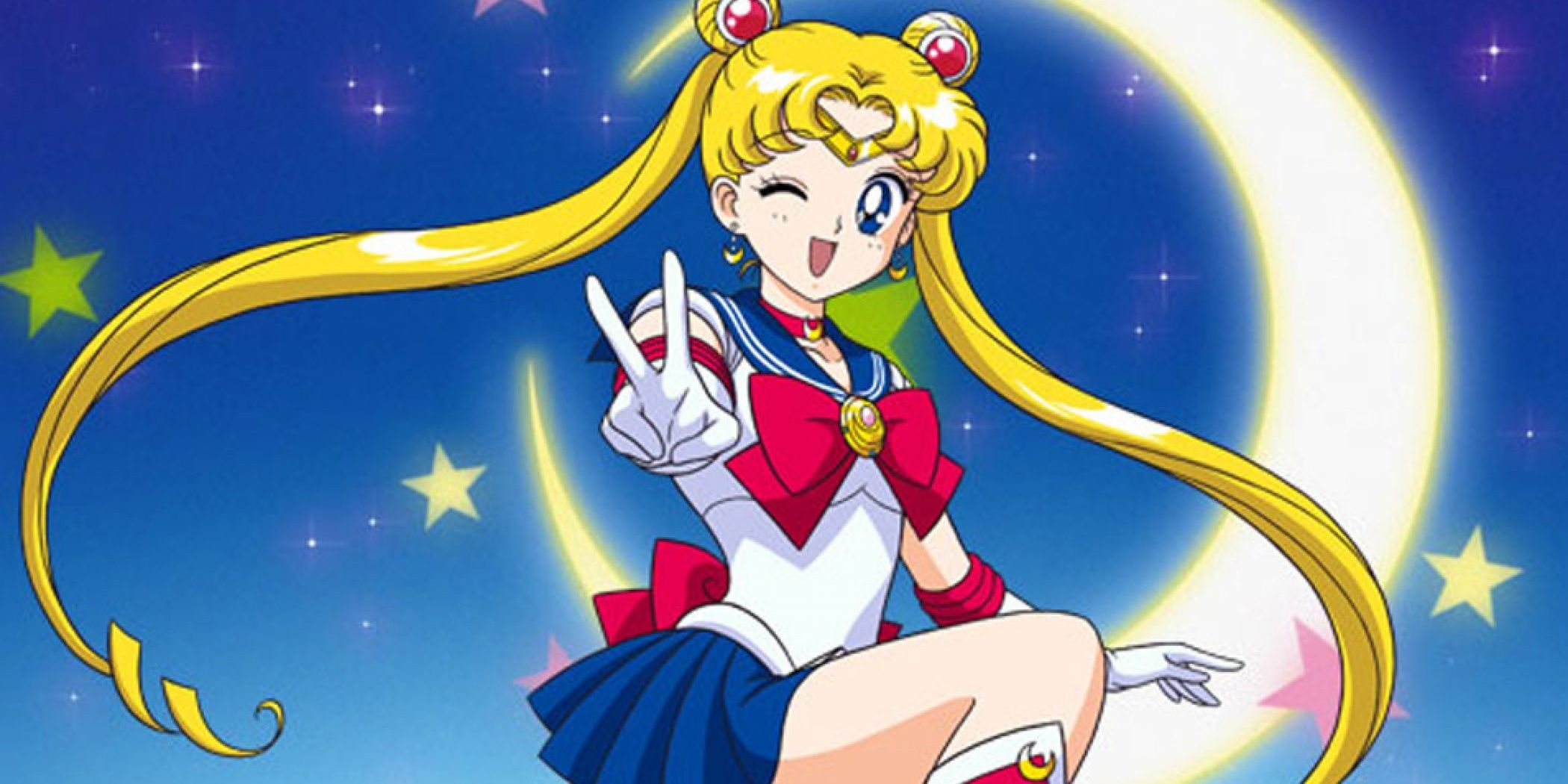
Magical girls are among the most famous types of anime characters. They're so popular, even non-anime fans know of them (though they might not know the term). But the ultimate form of girl power comes when magical girls are still attending school.
Sailor Moon is both the most famous and popular magical girl series, while its titular character perfectly embodies the genre. The protagonist, whose real name is Usagi Tsukino, is a Sailor Scout--a member of a group of superhero girls who fight evil by moonlight and have mystical abilities named after various astral bodies (in her case, the moon). What's more magical than empowered teenage girls destroying the forces of evil?
9 Pervy Old Man: Master Roshi
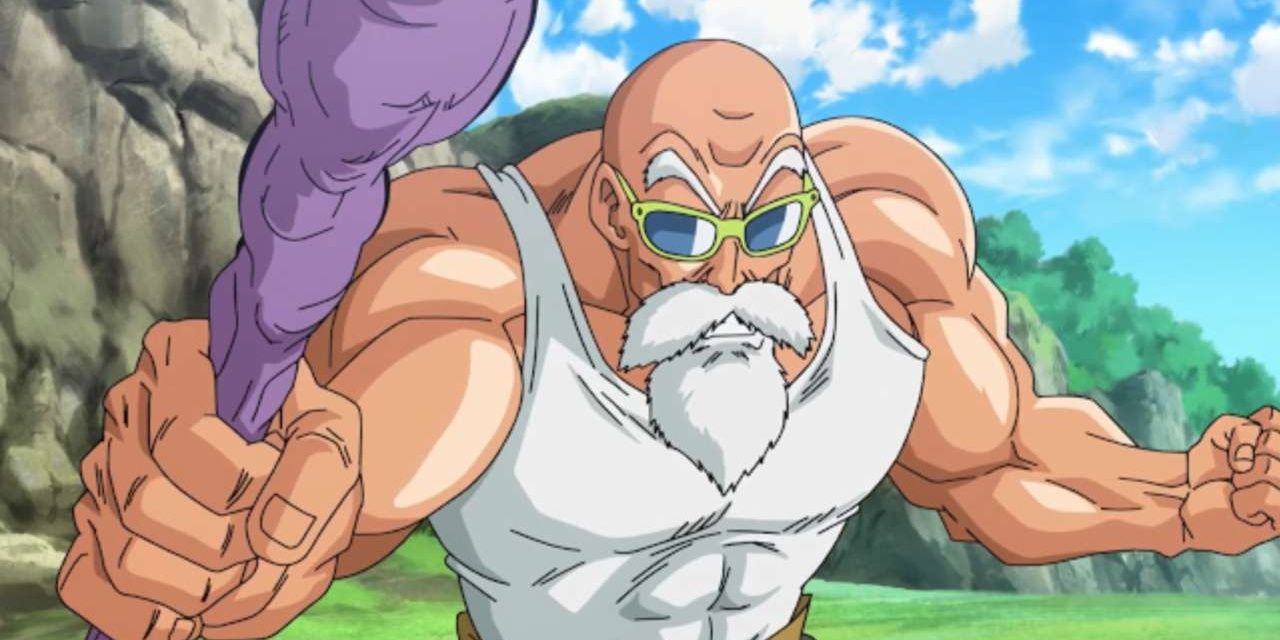
This stock character is pretty much the exact opposite of the magical school girl which proves unfortunate for any girl who crosses his path. The pervy old man is a comic trope played for laughs. Generally, such old men are known to have the libidos of teenagers and the hairlines of snow-capped mountaintops.
The best example of this type of character is Dragon Ball's Master Roshi. This old martial artist lives alone on an island with a collection of adult magazines and an unhealthy fixation on any young women daring enough to come visit him.
8 Witch On A Broomstick: Kiki
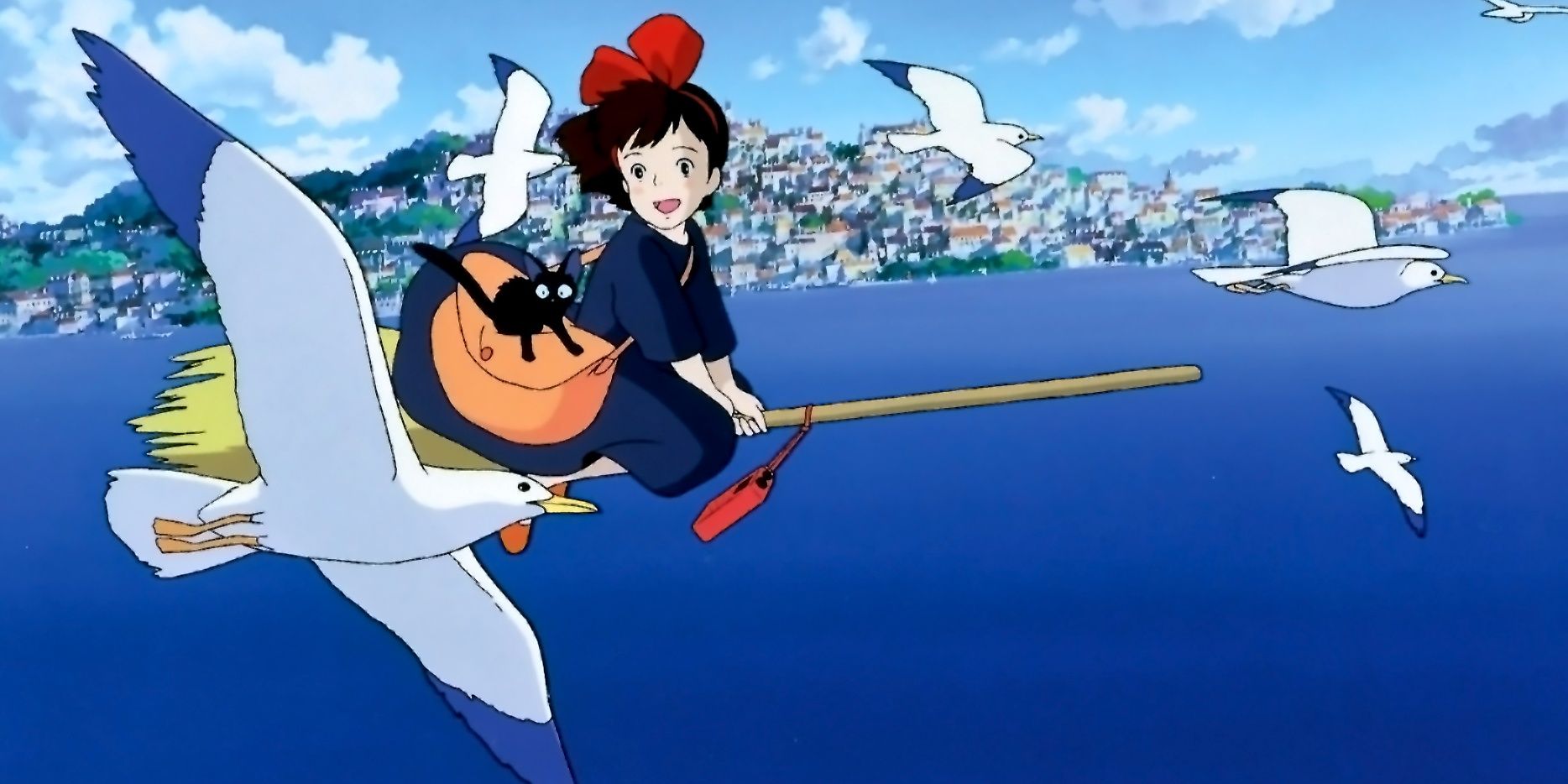
Witches are one of the ultimate symbols of female empowerment. There is no shortage of these awesome magic users in anime and many of them seem determined to throw off the toilsome burden of common household chores by turning their broomsticks into air speeders.
It's genuinely hard to narrow this category down to just one entry, but at the end of the day, there's no one more memorable than the titular protagonist of Kiki's Delivery Service. She's sweet, funny, and (perhaps most important of all) a lover of cats!
7 Ruler of the Spirit World: King Kai
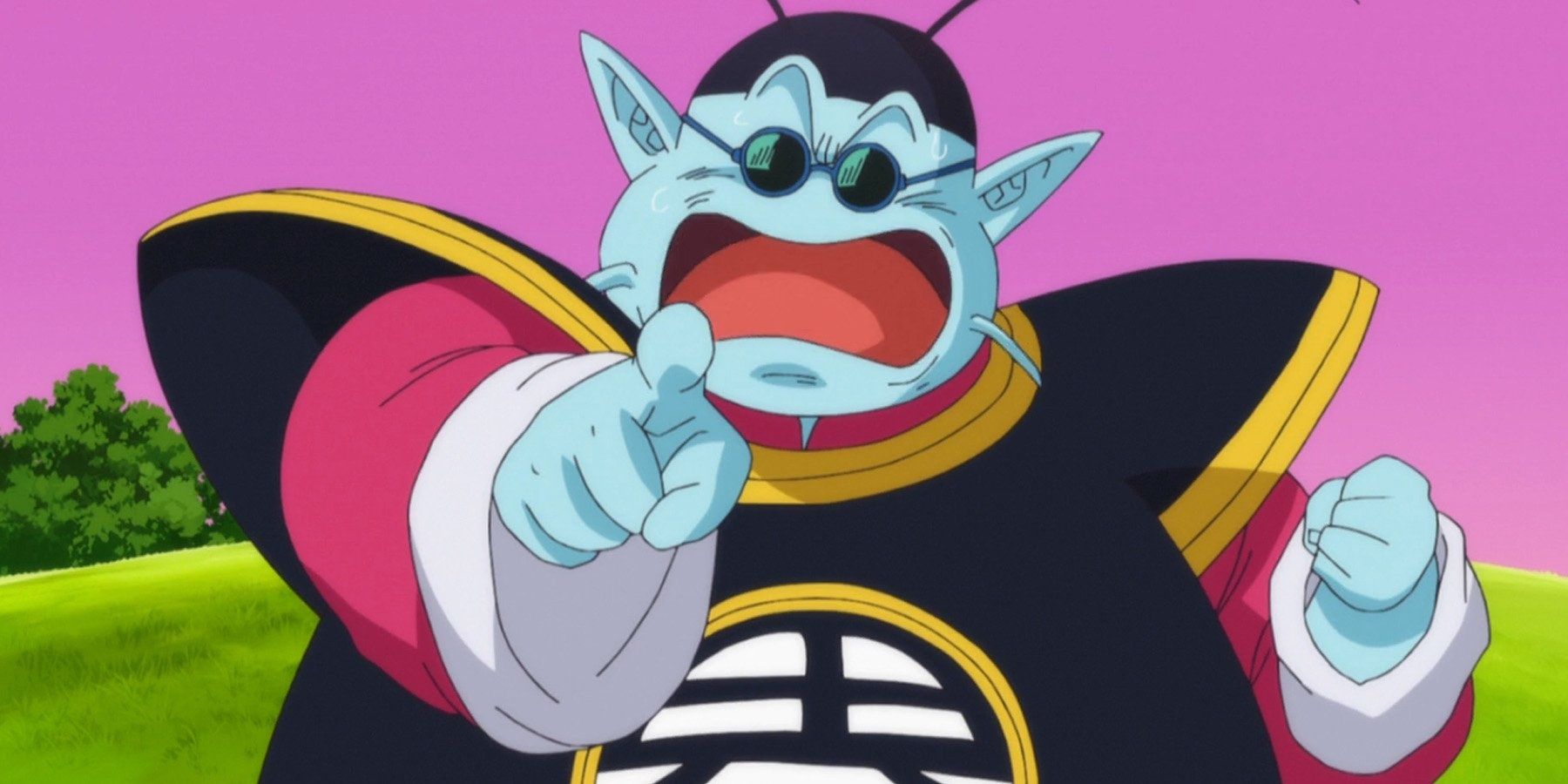
The realm of the dead is a scary place for most living mortals (as well as for the recently deceased who end up there). Spirits can be manipulative or just downright malicious. As such, the spirit world needs a leader who is capable of overseeing affairs and keeping order.
While he's far from the most orderly example, the Dragon Ball Z character King Kai is one of the greatest monarchs of the spirit world. He lives on his own personal planet and trains dead warriors who go to his realm as they wait for their friends to resurrect them with the Dragon Balls.
6 Small Animal Companion: Pikachu
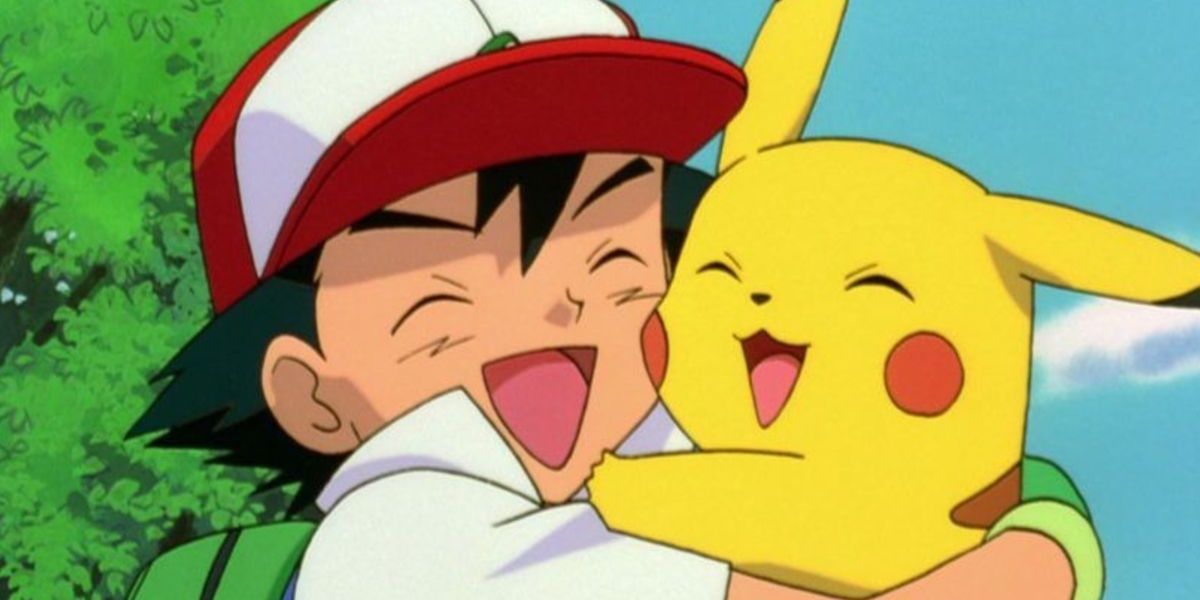
Small animals are cute. With their little bodies and big eyes, it's no wonder people open up their hearts to them. The internet has built an entire industry around cat gifs based on this premise. Many popular anime also have a tiny adorable animal companion as part of the main cast. Some can speak, others can't, but all speak volumes with just a look.
Of all of these kawaii critters, Pikachu is hands down the best example. He and his owner Ash have a shockingly good relationship. There's a reason this little fellow is the face of the entire Pokémon franchise.
5 Honorable Warrior: Son-Goku

War is a messy business. It's bloody, brutal, and brings out the worst in people. As such, it can be difficult for a warrior to maintain his honor. That said, the best heroes are often those fighters who are both skillful combatants and consistently honorable in their actions.
While anime heroes frequently fit this trope, none is as impressive as Son-Goku. The star of the Dragon Ball franchise is a bit naive but he fights fair, cares about others, and genuinely tries to treat his opponents with fair play. But hidden behind his honesty and good humor is the spirit of a warrior who will go full Kamehameha on anyone who threatens his loved ones.
4 Warrior With A Dark Past: Himura Kenshin

As was stated in the last section, war is an ugly affair. It is all about breaking bodies, devastating nations, and using violence to get what one wants. Few escape unscathed and none survive fighting in a war without being changed in some fundamental way. But many of the best stories allow for redemption and the warrior with a dark past is the ultimate anime hero for tales about doing the best one can after emerging from their dark past.
Himura Kenshin is the greatest example of a warrior haunted by his violent actions. He's a former assassin who travels the land, helping those in need. He carries a sword for protection, but the edge faces toward him, so he might harm no one with it, except for possibly himself.
3 Angry Disorganized Woman In Authority: Misato Katsuragi
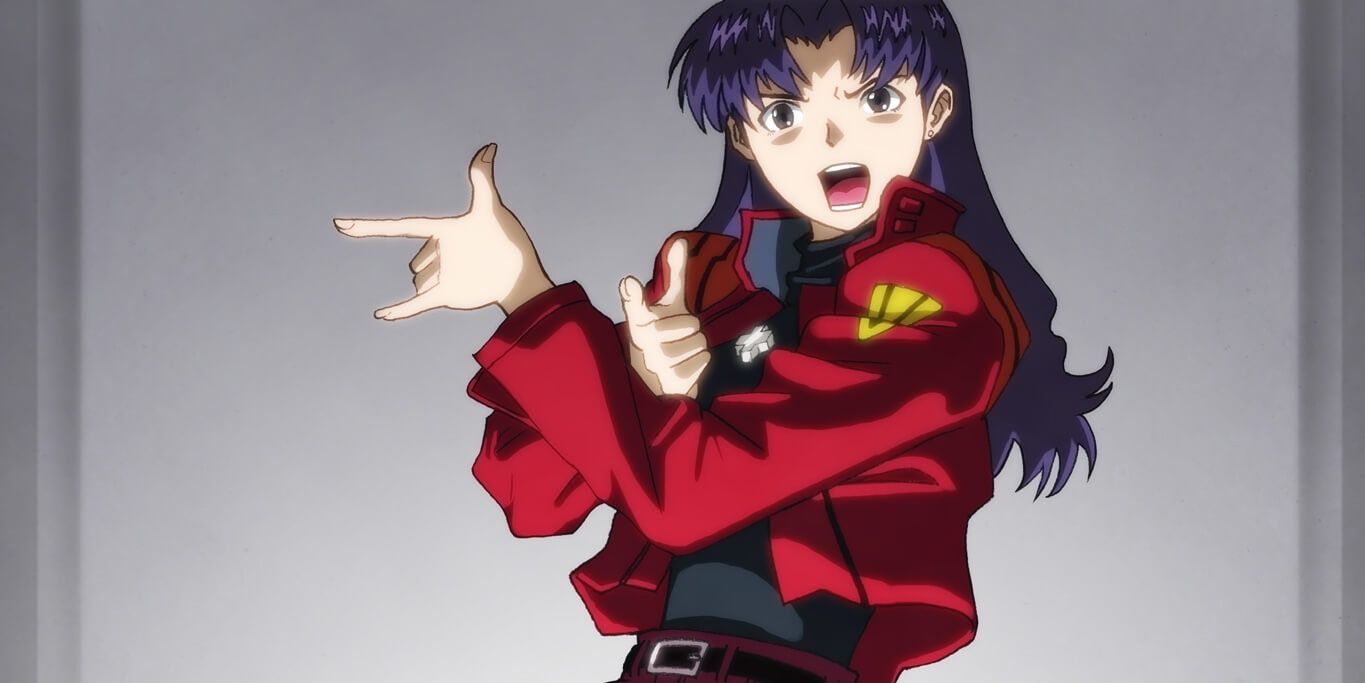
This is a weirdly convoluted character archetype. The person in question is a woman in authority (which itself is a bit of a rarity given traditional Japanese gender roles). This character commands respect, but is also a mess in her personal life. She may be a slob or a drunk or desperate for love, but when it comes time to get to work, no one questions her authority.
Misato Katsuragi from Neon Genesis Evangelion is the ultimate angry disorganized woman with authority. She's a strategically calculating and fearless military commander staring down the barrel of armageddon without flinching. She's also a beer-chugging wreck who can't cook, keep a relationship, or perform any of the key skills necessary for adulting.
2 Beautiful Youth: Tamaki Suoh
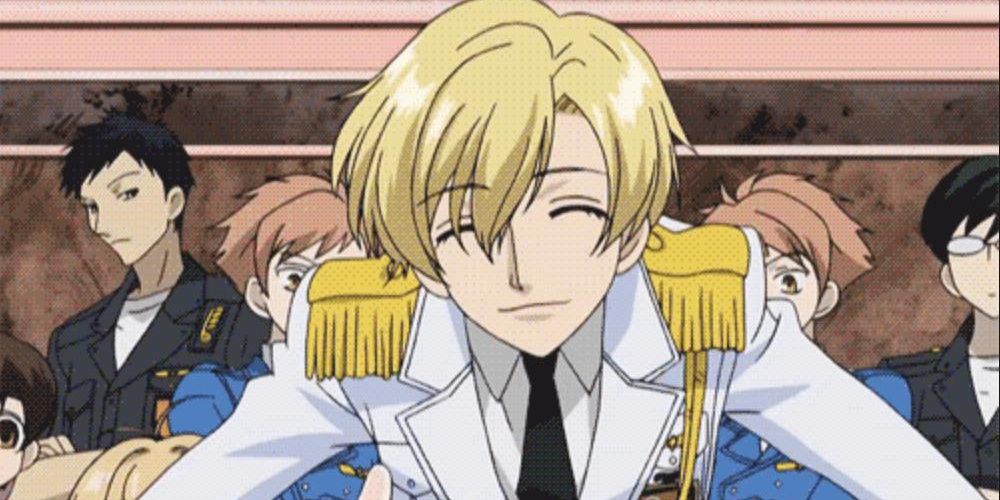
Known as bishonen in Japanese, these pretty boys take good looks to a whole new extreme. Androgynous in their gender-defying beauty, some are mistaken as women with their clean-shaven svelte demeanor. In fact, a number of these characters are portrayed by female voice actors. Men and women fall for these hot hunks who frequently spread chaos as they break nearly as many hearts as they win over.
Ouran High School Host Club's Tamaki Suoh is the greatest example of a beautiful youth. President of the school host club, he's not just a pretty face, but also a charming entertainer with first-class manners.
1 Long-Haired Pretty Boy: Griffith
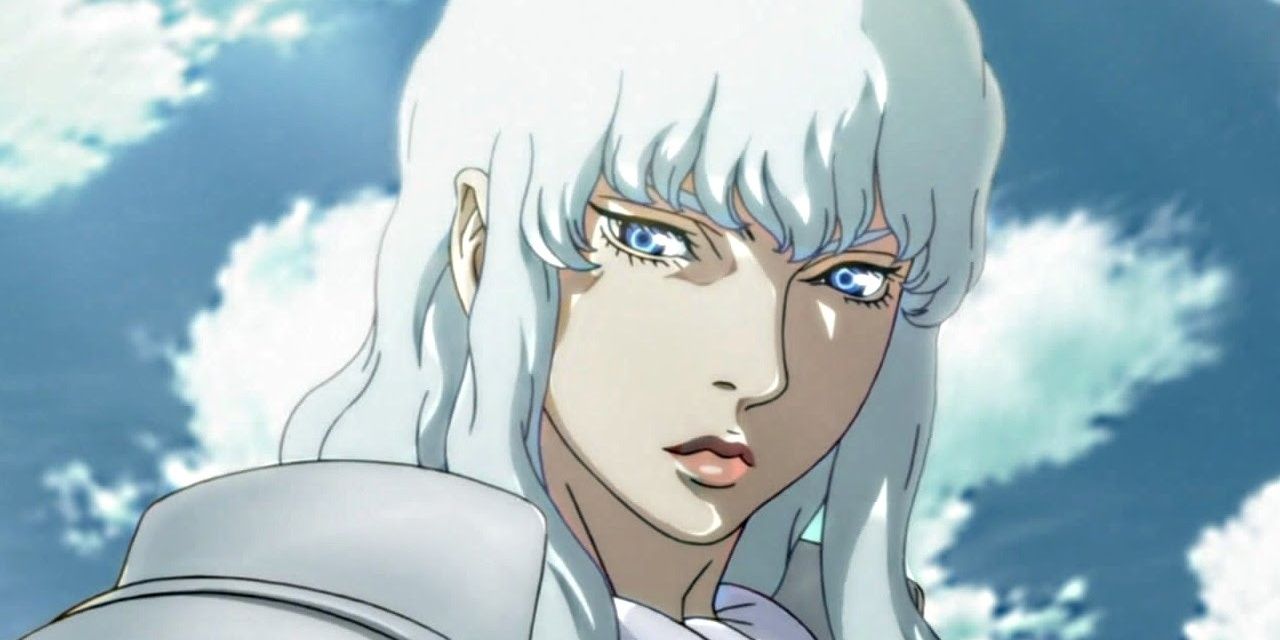
This is a variant of the beautiful youth archetype, but one so distinct as to be worthy of his own category. With long effeminate hair, these characters are often soft-spoken, either coming off as a little shy or else as cold and calculating. Many are military geniuses but just as many are aloof pretty boys who have more hair products than common sense.
Griffith from Berserk is the greatest long-haired pretty boy around. He seduces an army, a nation, and a princess with his sophistication and charismatic good looks. Even after turning into a literal demon in a ritual blood sacrifice, he still turns back into a beautiful man again and wins over more people's hearts despite all his crimes.














































































































































